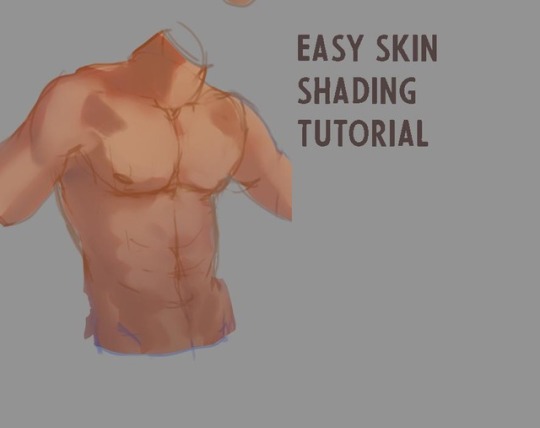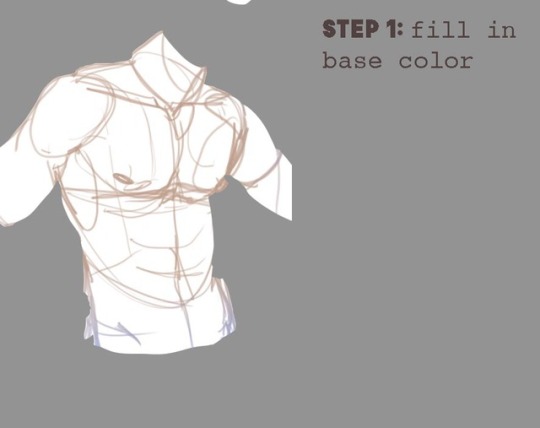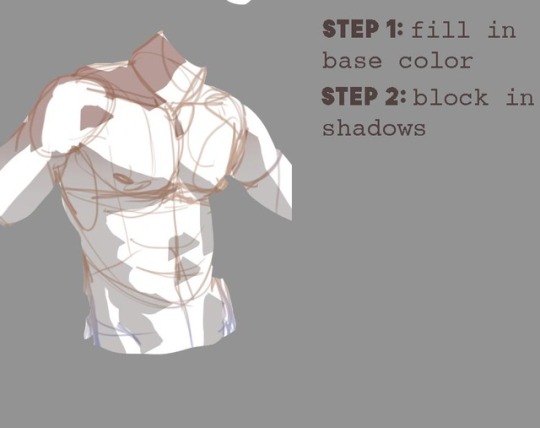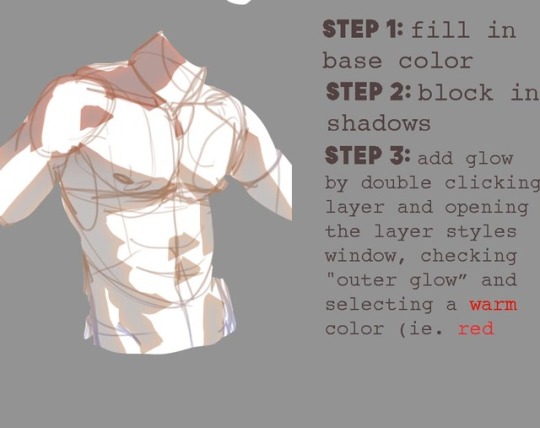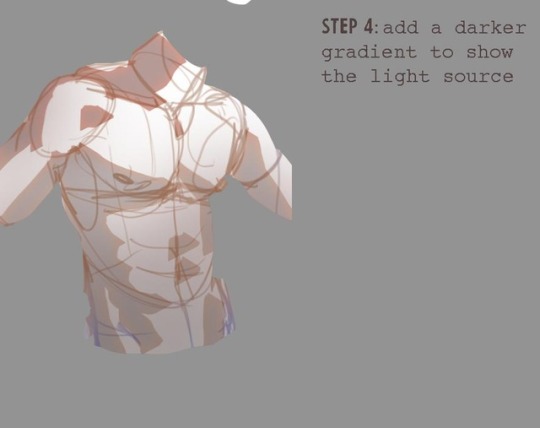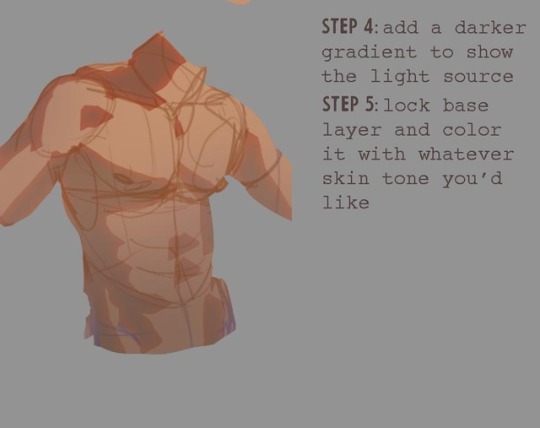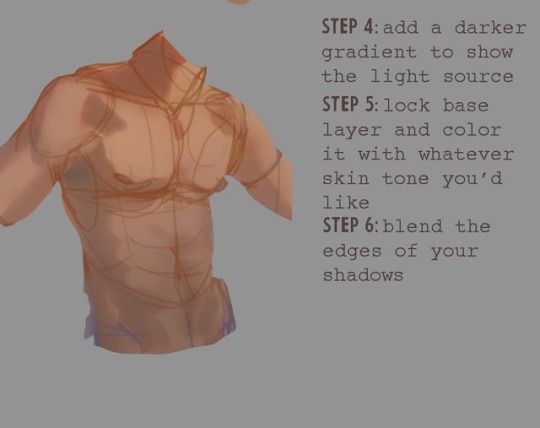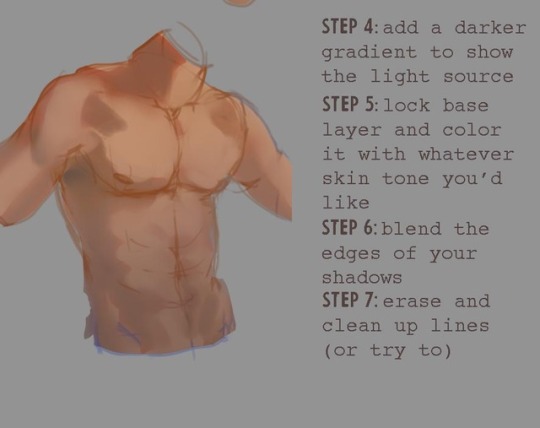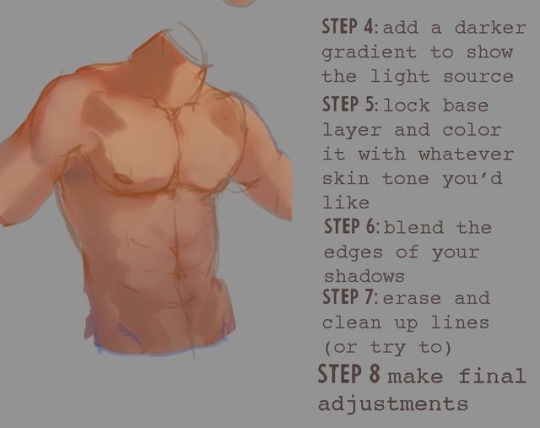Don't wanna be here? Send us removal request.
Link
Digital Painting Tutorials for Beginners
A wonderful collection of video digital painting tutorials.
86 notes
·
View notes
Photo
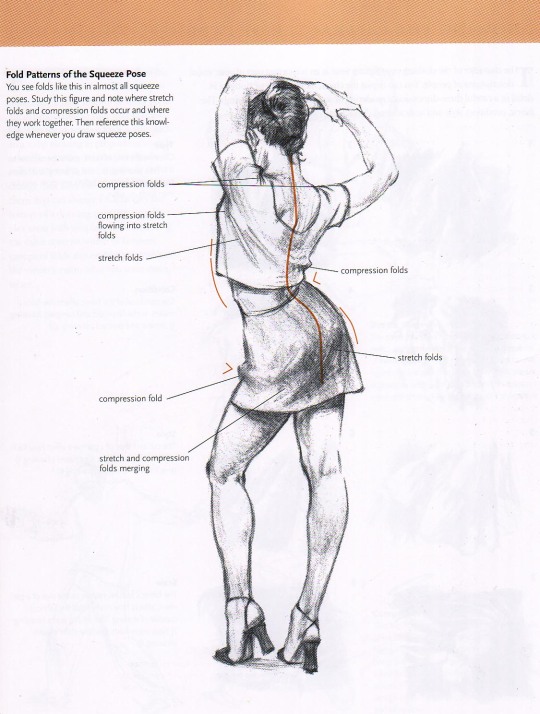
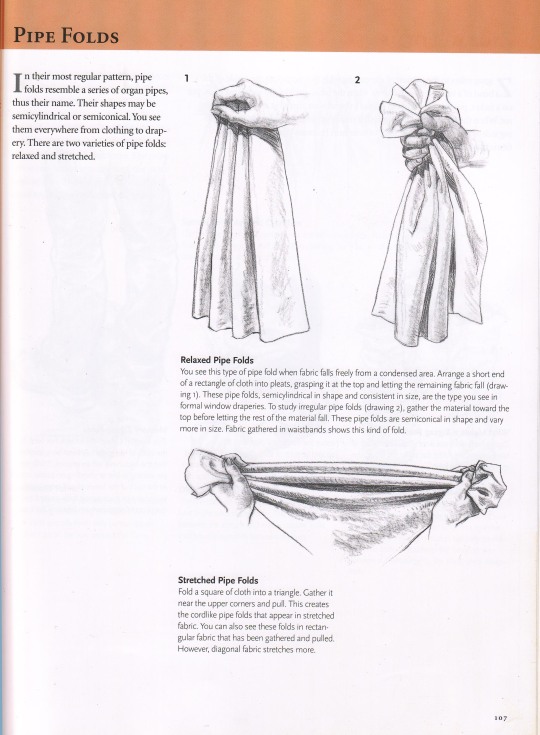



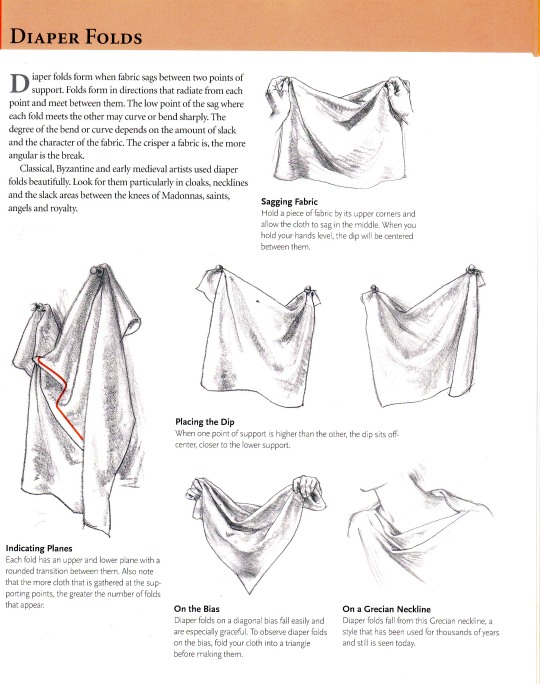

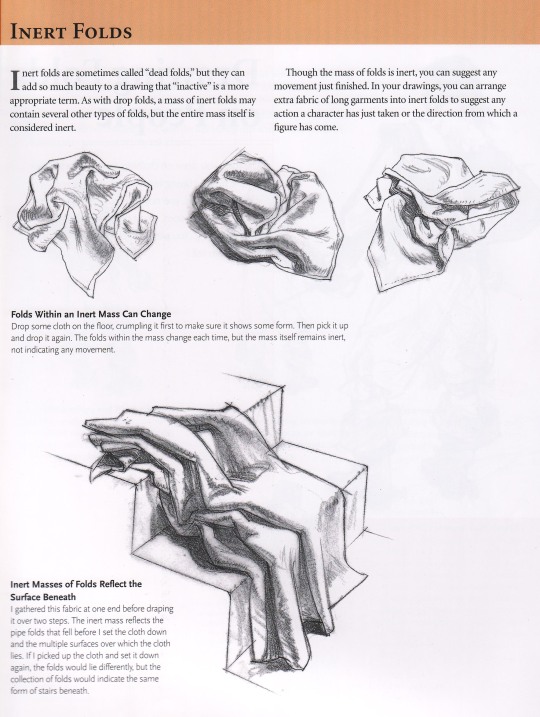
How to draw folds
Notes on how to draw folds back when I was teaching manga classes back in 2006. From the book “Drawing people” by Barbara Bradley.
http://www.amazon.com/Drawing-People-Portray-Clothed-Figure/dp/1581803591
This book has a very detailed description of 6 types of commonly seen folds and I think is one of the most educational resource on how to draw folds(Besides Vilppu and Bridgeman).
這是我以前教漫畫課程時給學生看的講義.來源是芭芭拉布莱德丽的”着装人物素描”«上海人民美术出版社出版».
書裡講解了皺摺形成的兩個主要原理(拉扯與擠壓)以及因兩種作用力下形成的六種常見的皺褶類型.
117K notes
·
View notes
Link
Updated this article today to make it more reader friendly & linked some new content in.
Also I’d love feedback on the new site layout!
Added cards & revamped the homepage to look a lot nicer.
1K notes
·
View notes
Photo

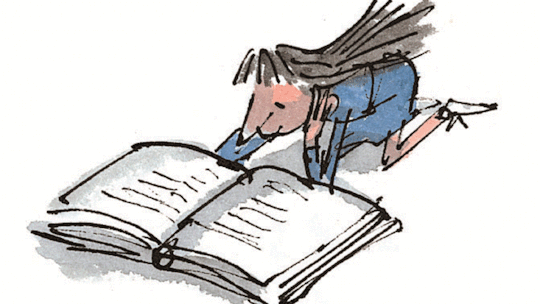

Resource Dump: Creating Characters!
Primary Characters
Your Hero: Top Ten Rules
10 Traits of a Great Protagonist
4 Steps to Creating a Truly Active Protagonist
20 Tips for Creating Relatable Protagonists
How to Center your Story
How to Create Unforgettable Protagonists
25 Things You Should Know About Protagonists
Creating Memorable Characters
Creating Strong Female Protagonists
Creating Dynamic Protagonists
How to Create Characters
Inner Dialogue - Writing Inner Character Thoughts
25 Things a Great Character Needs
5 Ways to Create 3D Characters
Secondary Characters
10 Secrets to Creating Unforgettable Supporting Characters
How to Write Effective Supporting Characters
Question to Ask (& Strengthen) Your Minor Characters
5 Tips for Developing Supporting Characters
Techniques for Creating Great Secondary Characters
5 Steps to Dazzling Minor Characters
3 Ways to Create Stupendous Supporting Characters
Creating Memorable Secondary Characters
5 Archetypes for Supporting Characters
Your Map to Creating a Memorable Minor Characters
Names
Top Ten Tips
8 Tips for Naming Characters
7 Rules of Naming Fictional Characters
Name that Character!
6 Creative Ways to Name your Character
Naming your Characters
A Guide to Naming Characters
Female: 1 | 2 | 3
Male: 1 | 2 | 3
Alien: 1 | 2 | 3 | 4 | 5
Surname: 1 | 2 | 3
Unisex: 1 | 2 | 3 | 4
Traits
List: 1 | 2 | 3 | 4 | 5 | 6 | 7 | 8 | 9
Developing Character Traits
How to Create Good Personalities for your Characters
Develop Memorable Personalities
Give your Character Personality
How to Create a Character’s Personality
How to Make Sure your Character’s Personality Shines
5 Building Blocks of your Character’s Personality
Appearance
Appearance Generator
Your Character’s Physical Appearance
How to Describe a Character’s Looks
Describing a Character’s Appearance
Character Description Resource
Examples of Physical Characteristics
Describing the Physical Attributes of your Characters
How Great Authors Describe Character Appearance
Ultimate Guide to Nailing your Character’s Appearance
Describing Clothing and Appearance
Character Appearance Help
Character Description Resource
Describing People: A Person’s Physical Appearance
Describing the Physical Attributes of Characters
Speech
Talking About your Character: Speech
Variety in Character Voices
All your Characters Talk the Same
How to Create Distinctive Character Voices
How to Create Characters Who Don’t Sound like You
The Art of Voice in Fiction
Create Varying, Yet Realistic, Speech Patterns
The Art and Craft of Dialogue
Writing Character Voice
Creating Differences in the Speech Patterns of your Characters
Style: Person and Speech
Dialects: 1 | 2 | 3 | 4 | 5 | 6
Backstory
Building Better Backstories
Basic Tips to Create Better Characters with Tragic Backstories
How to Write a Backstory
Writing Characters Using Conflict and Backstory
Backstory Description Generator
Questions to Create Character Backstory
How to Weave in Backstory to Reveal Character
Nail your Character’s Backstory
How to Write Backstory Without Putting your Reader to Sleep
How to Write a Killer Backstory
Diversity
How to Make Young Adult Fiction More Diverse
Writing People of Color
A Few Tips and Resources for Writing Characters of Colour
Writing Characters of Colour Tastefully
Writing With Colour
7 Offensive Mistakes Well-Intentioned Writers Make
Writing Characters of Colour
Describing Characters of Colour
Gender
Female: 1 | 2 | 3 | 4 | 5
Male: 1 | 2 | 3 | 4 | 5
Transgender: 1 | 2 | 3 | 4 | 5 | 6
Non-Binary: 1 | 2 | 3 | 4 | 5
Sexuality
Main Character Sexuality
On Writing LGBTQ Characters: 1 | 2
Writing Gay Characters
Guide to LGBT YA
Avoiding LGBTQ Stereotypes
Writing Bisexual Characters: 1 | 2
Writing Asexual Characters: 1 | 2
Pansexual & Demisexual Characters
How to Write Gay, Bisexual and Pansexual Characters
Introduction
Introducing a Character
Introducing your Main Character
Do’s and Don’ts for Introducing your Protagonist
First Impressions
How to Introduce a Character
How Not to Introduce a Main Character
Introducing the Protagonist
Development
Character Development
9 Ingredients of Character Development
Characterisation 1 - Character Development
How to Develop a Character for a Story
Character Development
Character Development Drives Conflict
Developing your Characters and Making them Interesting
Relationships
How to Write Strong Character Relationships
Character Relationships
3 Keys to Developing Character Relationships
The Secret Behind Great Character Relationships
3 Tips for Character Relationships
Building Believable Relationships
Sibling: 1 | 2 | 3 | 4
Platonic: 1 | 2 | 3
Romantic: 1 | 2 | 3 | 4 | 5 | 6
Strengths
Identifying your Character’s Strengths
Character Strengths and Weaknesses
Introducing the 24 Character Strengths
Character Strengths and Virtues List
Strengths and Weaknesses
A Balance of Strengths
Flaws
123 Ideas for Character Flaws
DarkWorld RPG Flaws List
Character Flaws
Ten Ugliest Character Flaws
The Four Types of Character Flaws
On Giving Flaws and Weaknesses
Character Flaw Index
Goal
Why your Character’s Goal Needs to be 1 of these 5 Things
Goals Define the Plot
Goal Setting for You and your Character
How to Explore you Character’s Motivation
4 Ways to Motivate Character and Plot
Motivation
By Genre
Fantasy: 1 | 2 | 3
Sci-Fi: 1 | 2 | 3 | 4
Romance: 1 | 2 | 3 | 4
Thrillers: 1 | 2
Horror: 1 | 2 | 3
Heroes
Your Hero: Top Ten Rules
How to Write your Own Hero Story
What Makes a Great Hero?
Creating Heroes and Heroines
Write a Story about a Hero
How to Create an Antihero that Readers Love
Heroes vs. Anti-Heroes
Create a Super Hero
How to Create a Brand New Iconic Hero or Villain
What Makes a Hero
Villains
How to Create a Credible Villain in Fiction
How to Make a Purely Evil Villain Interesting
9 Evil Examples of the Villain Archetype
How Not to Create a Villain
Creating Villains People Love to Hate
3 Techniques for Crafting a Better Villain
Basic Tips to Write Better & More Despicable Villains
Writing Tips for Creating a Complex Villain
How to Create a Great Villain
Do’s & Don’ts
Do’s and Dont’s of Writing a Good Character
How to Create a Character
Characterisation Dos and Dont’s
Female Characters of Do’s and Dont’s
Do’s and Dont’s of Dialect
Helpful Writing Blogs
fuckyeahcharacterdevelopment*
writeworld
referenceforwriters
thewritingcafe
aquestionofcharacter *
writingwithcolor
fuckyeah-char-dev
dailycharacterdevelopment
Clichés
Characters and Cliches
Top 10 Character Cliches
7 Lazy Character Cliches
10 Most Cliched Characters in Sci-Fi
Four Worst Character Cliches
Female Character Cliches
Character Cliches to Avoid
The Cliche Character Test
How Cliches Can Help You Make Great Characters
Templates
How to Create a Character Profile
Writing Character Bios
Character Sheets and Character Creation
Gender/Sexuality Generator
Extremely Detailed Character Template
Writer’s Resource: Character Template
Character Description
99K notes
·
View notes
Photo







Click here for my storyboard tag
Just like I said in this ask, you should look at the kind of storyboards being made right now. TV, feature, and game animation all have their own styles of storyboarding. Studios, too. Certain things you’ll need for it no matter where or what you work on, though:
Quick drawing ability
Being able to deal with having 100+ of your boards thrown out and needing to be redone
Knowledge of composition
Knowledge of story/writing
Helpful links:
Rad How To
Temple of the Seven Golden Camels
The Living Lines Library
Animation Progression Reels
Books:
Animation: The Art of Layout & Storyboarding
Directing the Story
Dream Worlds
Story Structure
Hope those help!
9K notes
·
View notes
Note
Hi there! I want to start drawing digitally and i want to start doing portraits and figures. But I don’t know how or where to start :o What would you suggest? Hope you’re well and thank you for your time!
Hi there! I am, hope you are as well!
Here’s what I’ve written so far on the topic!
Beginner Artist Guides to: digital art
Art Fundamentals: color theory, anatomy, perspective, composition
Starting with the fundamentals is really important! For portraits, you gotta nail all of the above!
Anatomy is really important. If you learn proportions and anatomy, you’ll be able to draw whatever portrait you want from imagination!
Master human anatomy today with these 9+ tips
Learn how to draw dynamic poses with these 25+ anatomy tutorials
13 awesome tutorials on how to draw hands
Draw More Accurately with this Exercise
Art-Res Anatomy ebook – (more details // updated 12/18/19 ) + other premium content
Art Supply Recommendations & Art Book Recommendations
707 notes
·
View notes
Photo
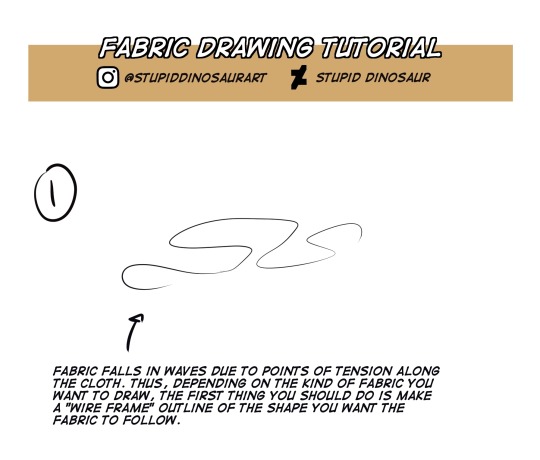
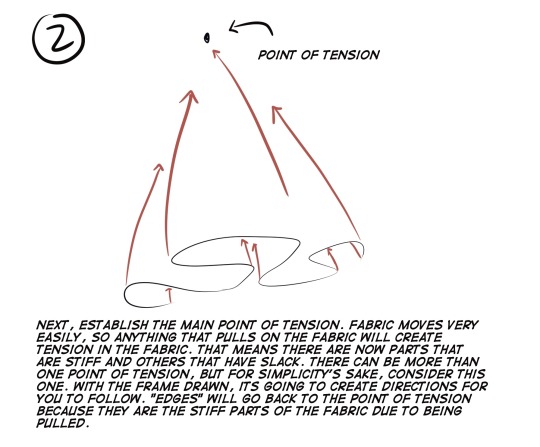

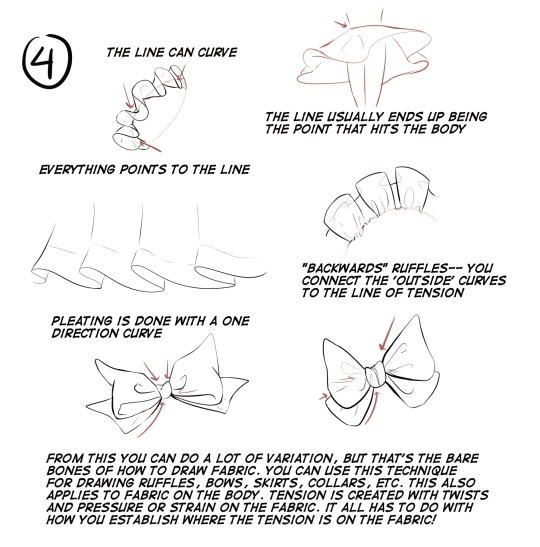

I’ve been getting some requests to make a tutorial on how to draw fabric. It’s really not that complicated when you break it down, but it’s still something people get stuck on and over complicate. Here’s my “bare bones” simple explanation as to how to draw fabric!
12K notes
·
View notes
Note
Any posts about drawing necks that connect to the body?

OP: https://twitter.com/Manga_Materials

OP: http://fav.me/dco47xm

By kelpls on tumblr!
The question is a little vague, but I hope this helps! I found these on pinterest and couldn’t track the OPs. Please lmk who the artists are if you know!EDIT: Added credit!
3K notes
·
View notes
Photo

About a year back I made a hand tutorial that some people seemed to like, now at long last, I have created a follow up. I saw someone complaining that hand tutorials always focus too much on the palm and not how to draw the fingers, so for this time, fingers are what I decided to focus on. Part 3 is finished and coming soon as well :)
Part one can be found right here
3K notes
·
View notes
Photo

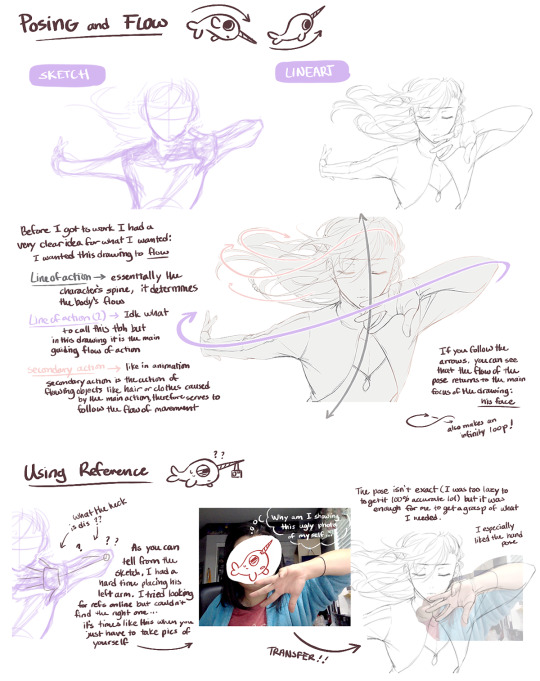
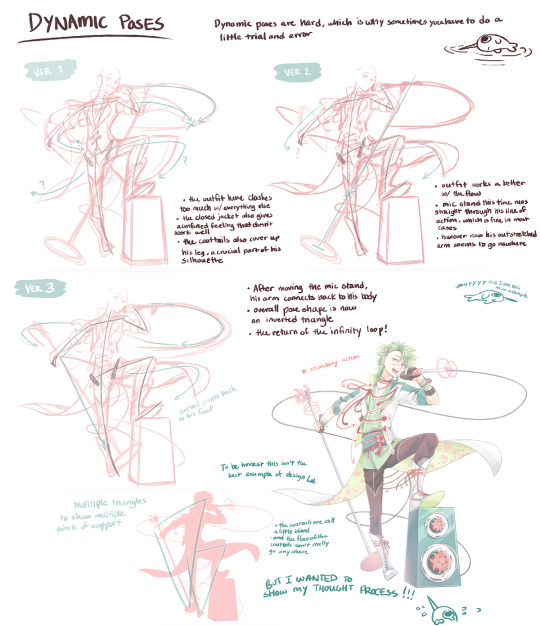
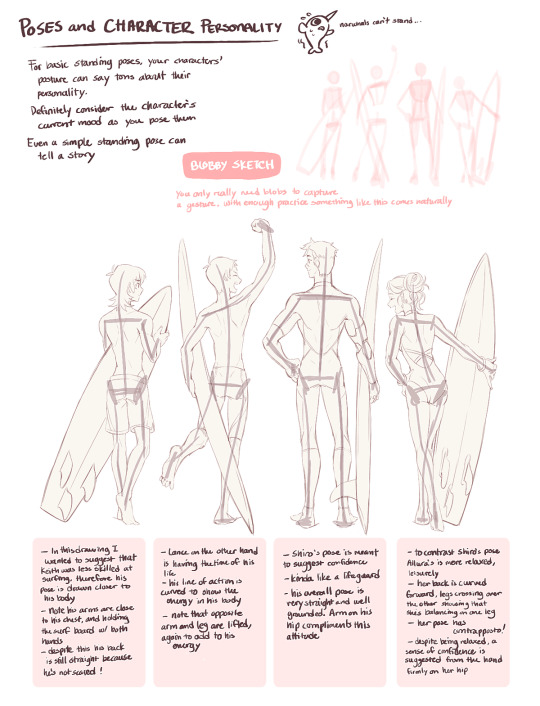
when i got this ask i got so nervous because i really suck at teaching;;; sorry for getting to this so late and letting this stew in my drafts but here’s my best shot!
Some things to consider: Line of action is perhaps the most important thing when drawing poses and figures, as it is the balancing rod that guides the body’s movement. If the line of action is weak or doesn’t make sense, then the pose will not work no matter how much you try to fudge it.
I forgot to mention this in the drawings but you can see that i start every drawing with a basic skeleton. As much as i wish i could draw without the aid of a skeleton, it’s the most essential part of drawing figures.
USING REFERENCE PHOTOS IS A GODSEND. Do not disregard using references, it helps clarify the way a body can move and bend so so much. If you have trouble imagining how the fingers in a pose should look, try it out in the mirror and study your own hand!
there’s so much to talk about with posing and figures, i feel like i hardly scratched the surface. But i hoped this helped somewhat!
12K notes
·
View notes
Video
New YouTube video! This one is about inspiration. It includes a full speedpaint of a painting and also preliminary art I did to...
youtube
New YouTube video! This one is about inspiration. It includes a full speedpaint of a painting and also preliminary art I did to prepare for the painting.
322 notes
·
View notes
Text
Finding Artistic Motivation & Initiating Your Drawing Sessions
This is a topic I see a lot, whether stumbling across artists’ posts online, or talking directly to my friends. “I want to draw, I just can’t seem to pick up the pencil.” “I have no ideas, I just stare at a blank page.” Alternatively, “I have so many ideas, I don’t know where to start, and end up never doing anything with any of them.”
After technical improvement, I find that what a lot of artists call “motivation” seems to be the hardest part, and most vocally decried frustration, of creating. I have found over the last few years that it seems to be more focused around initiation. I like to use this word instead of motivation because, really, most artists I’ve talked to have plenty of motivation. They really want to do art and do it well, but getting started can be a massive task. I have this problem in every area of my life thanks to having ADHD, but I have a few tried and true methods to work around my brain’s resistance to initiation. They’re listed in order of how often I use them, but all of these things will get me to the page to at least start, whether I post what I end up with or not.
1) Looking up learning materials and art resources. This is the foremost thing that can get my butt in a seat and a pencil in my hand. I inevitably will find some tip, trick, tutorial, art meme, or interesting tutorial to kick me into gear. I recommend either following lots of blogs and pages on your social media that regularly post art resources or compiling a large cache of your own. Personally, I do both. I run this blog to compile my cache of tutorials and instruction, I follow art resource posters both here on Tumblr and on facebook, and I get email newsletters and notifications from art podcasts (which I like to listen to when I’m drawing). I also take pictures with my phone every time I’m out and about and see something visually interesting, and I save photos of neat places, cool poses, fashion, funny snippets of dialogue I’d like to illustrate, and more in reference files on my hard drive. It doesn’t matter that much if you actually go through them regularly; you still build a visual library that way and they’re there for you to use if you need them!
2) Watching/reading media with a story. I love fanart. Everybody loves fanart. Fanart is what got a lot of us into drawing in the first place. Whether everything you post is fanart or you haven’t drawn it since you were ten, sometimes just drawing some art with your favorite characters is what you need to get yourself to set up your easel. The thing that never fails to make me itchy to draw is reading comics - looking at all that polished work, beautiful color, swooping perspective scenes, and tying it all up with a plot and characters I like gets my brain going. Reading books is just as good if I can focus on them; I love illustrating my favorite scenes. I also like throwing on my boxed sets of Smallville, Doctor Who, or House MD and setting up my tablet to just let the episode influence my sketching.
Whether you finish or post any of it or not doesn’t matter; it gets you excited to put something on paper and can serve as a way to get your mind story-oriented before you ever get drawing.
3) Looking at other people’s art. Deviantart is great for this because you can go into any tag or search or look at the art of people you follow, like you can with tumblr or instagram, but there’s also a “random deviation” button. But no matter what site you’re using, or if you’re using a book or a museum, dedicating your attention to studying other people’s work and trying to understand their process can be incredibly stimulating. Speedpaints can be good for this too because you see the whole process, however I sometimes find myself in a youtube spiral on them. I recommend specifically looking for artists who are close to your own skill level with a little wiggle room on either end. If someone’s skill is slightly below mine, I may look at their work and go “oh, that’s neat, but I would have done that like this” and then try to draw it. If someone is better than me but not so far beyond me that I’m intimidated, it can be very illuminating to look at their strokes and processes and go “OH that’s what I’ve been doing wrong!” and try out the new technique.
4) Looking at my own old art. The older, the better. Beginner artists, for their lack of skill, make up for it with enthusiasm, inventiveness, boldness, and creativity. Even my oldest school-age artwork usually has something about it that I still really enjoy, and doing the comparison can show you how far you’ve really come.
5) Buying art supplies and books. Last but not least, if there are art techniques you have read about but avoided trying because you didn’t own the materials to do so, do your best to acquire them. Pick up a few starter tubes of paint, make your own light box, or just top up the supplies you already like but might be getting low on. Art books, you can get at a library without spending a dime. Sometimes just holding the raw potential in your hand is all you need to take the first step.
443 notes
·
View notes

